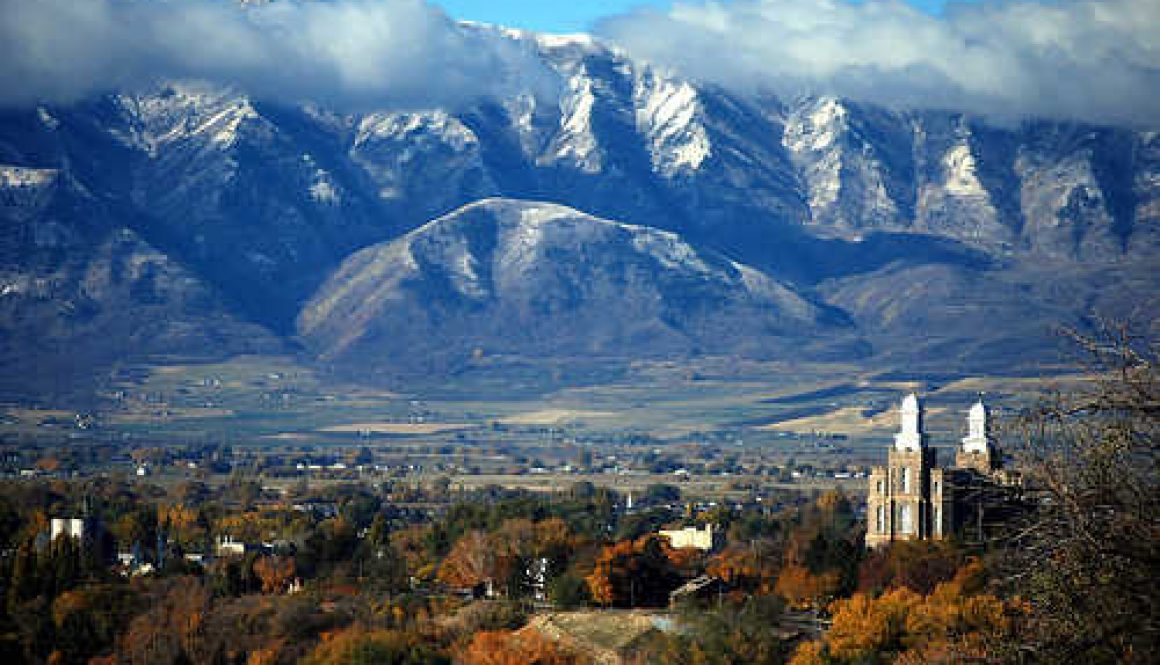Boundary Disputes
Boundary Disputes: Acquiescence and Adverse Possession
Homeownership, under the best of circumstances, can be stressful. It can be even more challenging when neighbors become embroiled in a dispute over the boundaries of their property. Considering the cost of land, no one would want to just hand over some of their property to their neighbors without receiving any compensation for it. However, nuances in the law can make it difficult to understand who has a right to the property.
Adverse Possession
Generally a person receives legal title to property through a purchase of the property or through gift or inheritance. Adverse possession, however, is a legal doctrine by which someone can gain ownership of property by simply using or possessing the property for a specified period of time.
Under Utah Law, an individual may be able to claim title to property that originally belonged to someone else if that individual has continuously occupied the land for 7 years in a manner that is adverse to the original owner. There a few variations on the requirements, depending on whether the person has a written document, but generally he or she must possess the land, and possess it in a way that is noticeable to the original owner for 7 years and pay taxes on it.
Adverse possession can apply in situations where two neighbors have a dispute over property boundaries. Let’s say Neighbor 1 and Neighbor 2 live next to each other, with a fence dividing their property. One day Neighbor 1 discovers that the fence is actually not on the property line, and that 10 feet of land that Neighbor 1 should own is actually located on the other side of the fence – in Neighbor 2’s yard. Neighbor 2 might try to claim in court that he now owns that 10 feet of land through adverse possession, if he has been using it and paying taxes on it for 7 years. Conversely, there are many situations where surveys and records do not accurately reflect true ownership of property.
Acquiescence
Acquiescence is similar to adverse possession, but there are differences. Acquiescence occurs when a person gains ownership of property during a boundary dispute because of a long-standing boundary-line or marker that indicated where one piece of land stopped and the other began, even if the deeds to the property placed the boundary elsewhere. Acquiescence is generally only available when the parties in the dispute have adjoining pieces of land, a clear boundary between them, and that boundary has been recognized by both of them for over 20 years.
In our earlier example, Neighbor 2 could gain ownership of the 10 feet of property that was originally part of Neighbor 1’s deed if Neighbor 2 can show that both parties had treated the fence between their yards as the property line for over 20 years. Their agreement that the fence was the property line does not need to be expressly stated – simply treating the fence as the property line for over 20 years is enough.
If you or a loved one is involved in a boundary dispute, it is important to contact a lawyer with expertise and knowledge. Laws regarding adverse possession and acquiescence can be very nuanced and detailed. Our Logan, Utah lawyers at Harris, Preston & Chambers, LLP can help you review your options and guide you through the legal process of your boundary dispute.
Contact your Logan, Utah construction attorneys at Harris, Preston & Chambers, LLP today by calling (435) 752-3551.

